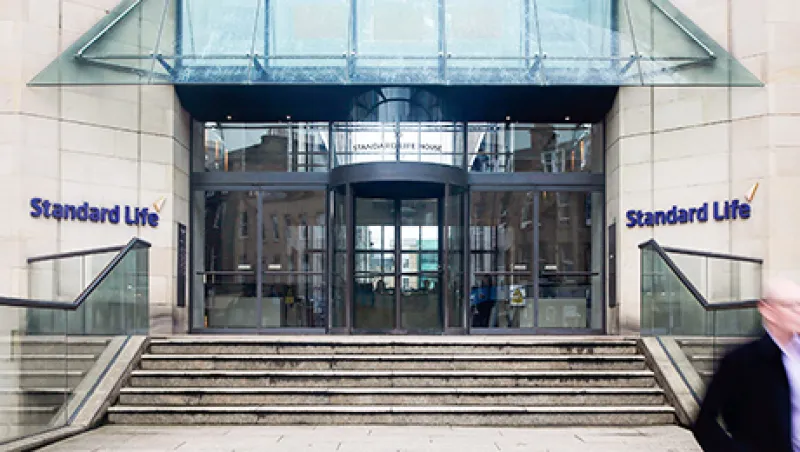The proposed merger between Standard Life and Aberdeen may lead to the loss of 800 jobs, according to documents released by the asset management firms on Tuesday.
The firms estimated in regulatory documents that about 9 percent of Standard Life and Aberdeen’s combined workforce will be eliminated over three years as part of their integration. The merged company will be renamed Standard Life Aberdeen plc, with headquarters in Scotland.
In Tuesday’s documents, Gerry Grimstone – the current chairman of Standard Life and proposed chair of the combined company – reiterated the reasons behind the merger, referencing headwinds faced by the asset management industry such as technological change and the “continuation of the slow growth, low inflation, compressed return environment.”
“Standard Life and Aberdeen expect to achieve cost synergies where duplication exists and by taking advantage of opportunities to leverage the additional scale of the combined group,” he said in the documents.
Under the agreement announced in March, Standard Life will pay £3.79 billion ($4.9 billion) for its purchase of Aberdeen. The deal gives Standard Life shareholders 66.7 percent of the combined firm.
“This merger will create a highly, diversified active-focused investment manager with complementary investment skills and capabilities across all major asset classes,” Grimstone said in Tuesday’s documents.
Despite the benefits of scale, the firms noted the risk of their all-in approach to active management backfiring.
“Were there to be a further significant shift towards investors investing through passive or index-based investment products rather than investing in the funds managed by the Standard Life Group and the Aberdeen Group ... such developments could have a material adverse effect,” the firms said in the regulatory documents.
Both firms have suffered recent outflows as active fund managers struggle to attract and retain assets amid the shift toward passive index funds. Aberdeen has reported net redemptions for 16 straight quarters, while investors withdrew £2.6 billion from Standard Life’s Global Absolute Return Strategies fund in 2016.
After the merger is completed, Standard Life Aberdeen will manage £670 billion in combined assets, making it the largest active manager in the U.K. and the second largest in Europe.
As announced in March, Aberdeen Chief Executive Officer Martin Gilbert and Standard Life CEO Keith Skeoch will serve as co-CEOs, with Gilbert taking on external responsibilities such as marketing and client engagement, and Skeoch accountable for the day-to-day operations. Grimstone said in Tuesday’s regulatory filing that he was “confident” the pair would work well together.
The new board will be equally split between current Aberdeen and Standard Life directors.
Shareholders are set to vote on the terms of the merger in June, and the deal should be completed by the fall, according to Tuesday's documents.







